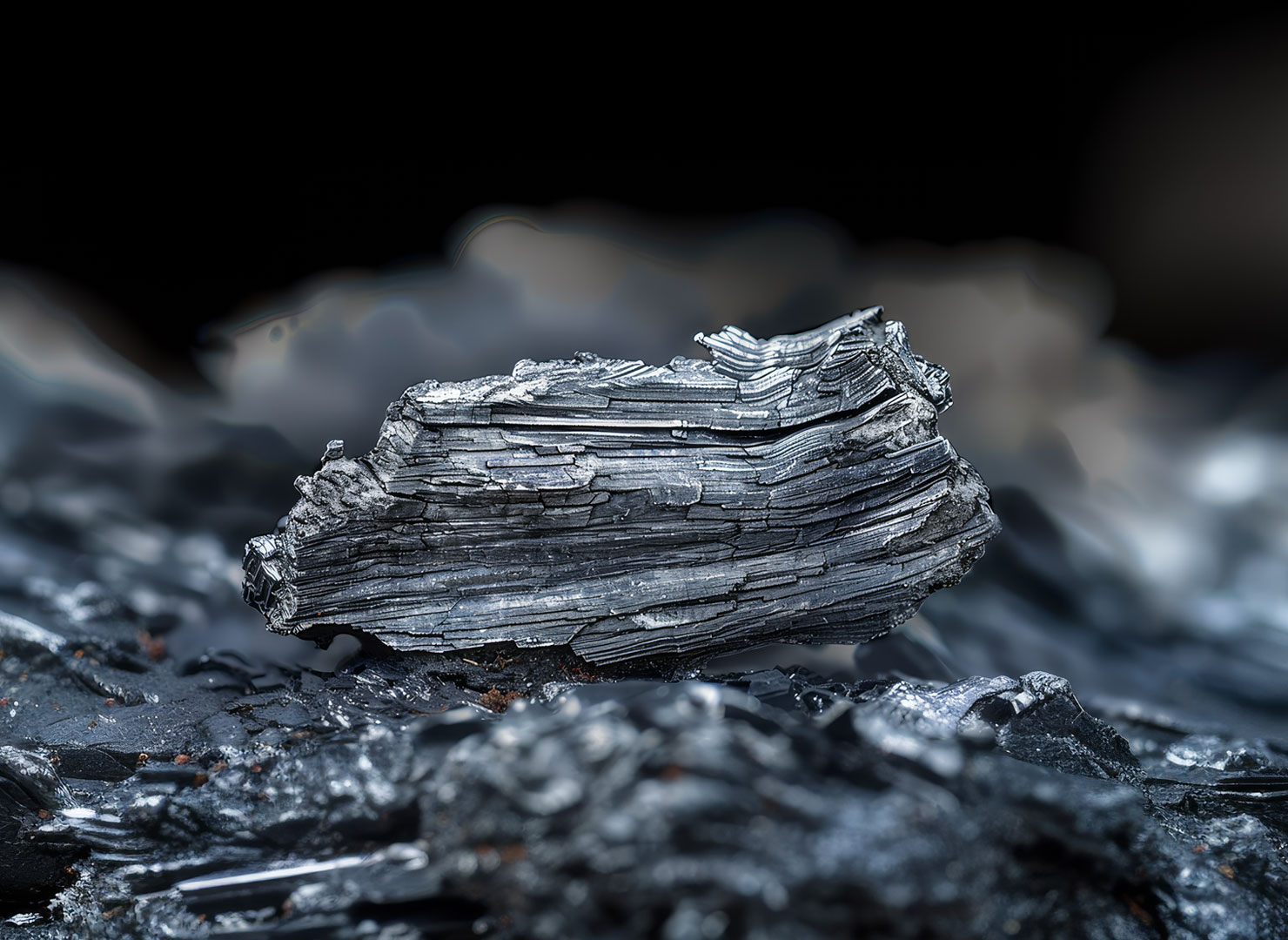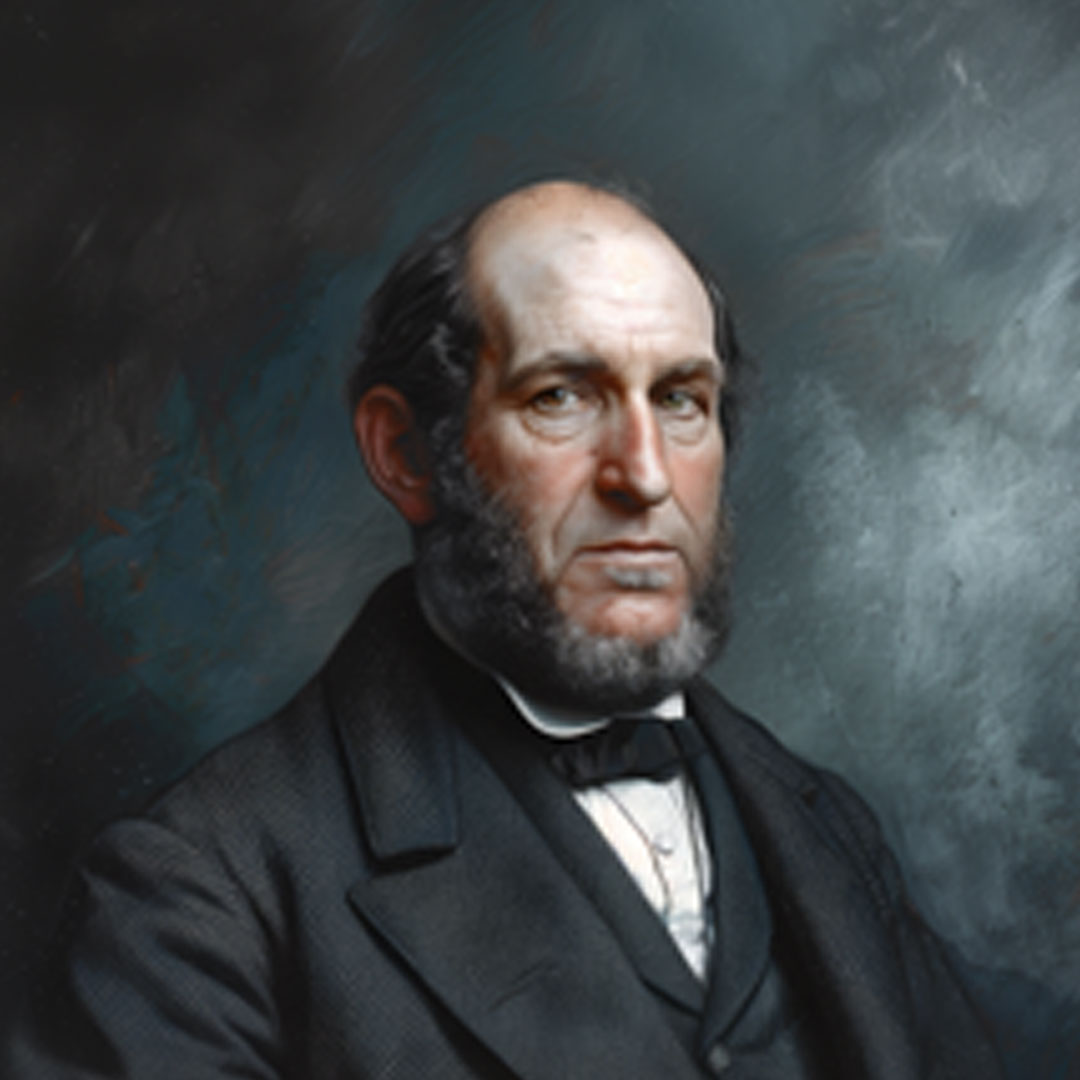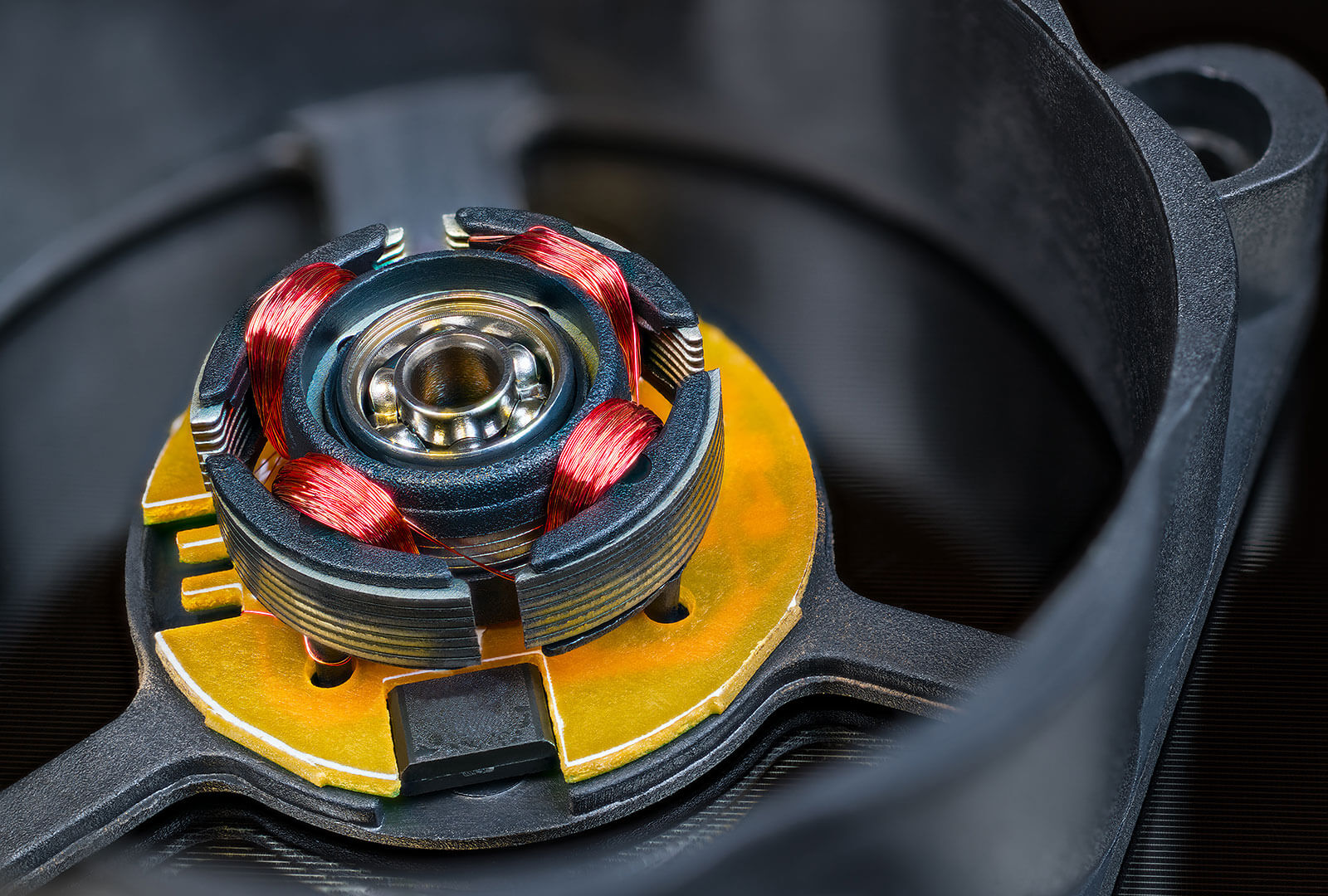The Element Holmium
On this page you can find out more about the rare earth element
Name: Holmium
Symbol: Ho
Ordinal number: 67
Density: 8,80 g/cm3
Melting point: 1.474 °C
Boiling temperature: 2.695 °C
Holmium is one of the lanthanidesA group of 15 elements with chemically very similar properties. in the periodic table.
Introduction
Potential Supply Risk
Holmium has the highest magnetic moment of all naturally occurring elements. It is used in medical technology and the glass industry. The potential supply risk for holmium is high.

It Began With an Unknown Element called “X”
The Swedish chemist Carl Gustav Mosander isolated erbium and terbium oxide from yttrium oxide in 1843, but only in impure form. Using spectroscopyA spectral analysis technique that can be used to visualize individual elements., the Swiss chemists Jacques-Louis Soret and Marc Delafontaine discovered an unknown element they called “X” in erbium oxide, but it was not until 1879 that the Swedish natural scientist and chemist Per Teodor Cleve managed to isolate it under the name holmia. However, the now-separated holmium oxide still was not pure, as it still contained dysprosium, which was discovered seven years later by the French chemist Paul-Émile Lecoq de Boisbaudran. In 1911, a fellow countryman of Cleves, the chemist Otto Holmberg, finally succeeded in obtaining pure holmium oxide, which owes its name to Holmia, the Latin name for Cleve’s native city of Stockholm.
Main areas of application for holmium

The Discoverer of Holmium
Born in Switzerland in 1827, the chemist and physicist Jacques-Louis Soret conducted research in Robert Wilhelm Bunsen’s laboratory and taught at the university in his native city of Geneva. In addition to rare earths, he also worked on water electrolysis.
Characteristics
The highest Magnetic Moment of all Rare Earths – Together With dysprosium
Together with dysprosium, this shiny silver-white metal has the highest magnetic momentThe magnetic moment is a physical property of a particle that describes its magnetic strength and orientation. of all naturally occurring elements. In oxide form, it is yellowish in daylight and pinkish under fluorescent light.
Areas of Application
Holmium Boosts Magnetic Fields
Due to its magnetic properties, holmium is used as a pole piece in permanent magnets to generate particularly strong magnetic fields. A pole piece is used to concentrate and align magnetic fields. Holmium is also used in the holmium laser in medical technology. Holmium oxide is used to color glass yellow.

Permanent Magnets
Permanent magnets retain their magnetic force without external energy inputs. They are in great demand in areas that require high power density, such as electromobility and wind power. They are the driving force behind many environmentally friendly technologies.
Learn more

Medical Technology
Rare earths are used in medical diagnostic and treatment technologies, including X-ray machines, MRI machines, nuclear medicine, prostheses, implants, and medical lasers.
Learn more

Laser
Laser beams are concentrated electromagnetic waves. They have various applications in industry, medicine, and the military. Lasers enable high-speed Internet through optical fibers.
Learn more

Glass
Glass has a long history and is indispensable in modern technologies, from space glass to optical lenses. Rare earths are essential as colorants and polishing agents, UV absorbers, and dopants for glass, mirrors, and glass fibers used in the laser industry.
Learn more
Deposits
Potential Supply Risk Due to China’s Quasi-Monopoly
Holmium is a heavy rare earth that is less common than the lighter representatives of this group of raw materials. They are mainly extracted from ion adsorption clays in southern China and neighboring Myanmar.
The map shows the regions of the world where heavy rare earths are mainly mined.

EU Sources Heavy Rare Earths Almost Exclusively From China
According to the European Union, the international community sources almost 100 percent of its heavy rare earths from China. This high geographical concentration of deposits of heavy rare earths and their processing represent a potential supply risk. In addition, holmium is difficult to separate from other rare earth elements.
Raw Materials Trading Industrial Customers
TRADIUM trades in all industrially relevant rare earth oxides. Choose from a wide range of specifications and take advantage of the option to reserve batches for the long term.
Purchase of Physical Assets for Private Customers
Benefit as a private customer from the exciting market for rare earths as a physical asset. You can find out here what opportunities TRADIUM offers and what tax advantages a purchase of raw materials entails.